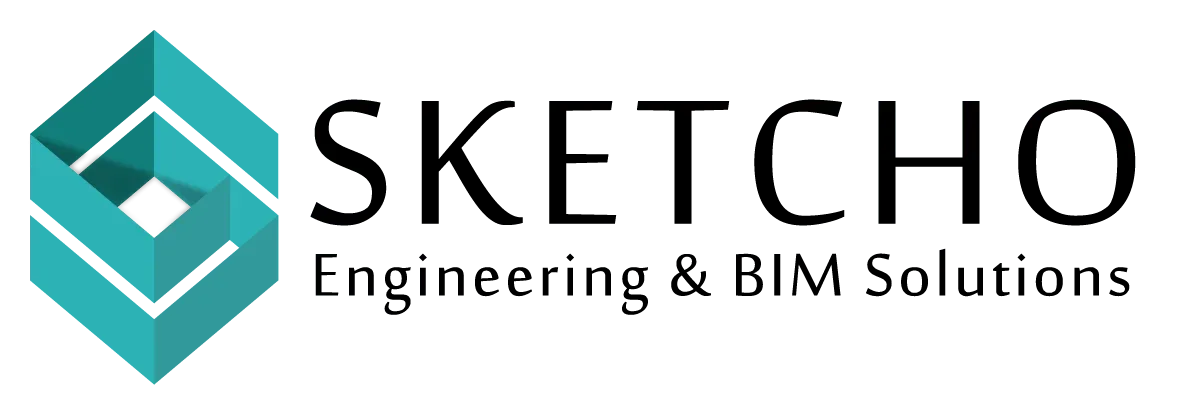Ever find yourself knee-deep in construction chaos, battling through conflicting plans and unexpected issues? Welcome to the world of traditional construction methods. But what if I told you there’s a smarter way to handle it?
Enter BIM Clash Detection. This cutting-edge technology can save you a lot of headaches, time, and money. In this guide, I’ll walk you through what BIM Clash Detection is, why it’s a game-changer, and how you can implement it in your projects. Ready to dive in?
What is BIM Clash Detection?
So, what exactly is BIM Clash Detection? It stands for Building Information Modeling Clash Detection. Imagine having a 3D model of your construction project that includes every tiny detail, from structural components to electrical wiring.
Now, this model can automatically detect any clashes or conflicts between different elements. For example, it can identify if a pipe runs through a beam or if ductwork conflicts with wiring. These issues, if left undetected, could cause significant delays and added costs during construction.
How Does It Work?
You might be wondering, how does BIM Clash Detection actually work? Well, it’s simpler than you think. Using specialized software, the 3D model is analyzed to identify clashes.
The software scans for any intersecting objects or spatial conflicts. Once detected, these clashes are flagged for review. You can then resolve these issues before they become costly mistakes on-site.
Types of Clashes
There are three main types of clashes:
1. Hard Clashes: When two physical objects occupy the same space. For example, a duct running through a beam.
2. Soft Clashes: When an object violates spatial requirements. For example, a maintenance space that is too small.
3. Workflow Clashes: When the scheduling or sequencing of construction tasks leads to conflicts.
Benefits of Clash Detection
Now, let’s talk about the benefits of clash detection. You’ll be amazed at how impactful it can be.
Time-Saving
One of the major benefits of clash detection is the time it saves. According to a study by McKinsey, BIM can reduce project time by up to 20%. By identifying issues early, you avoid the need for last-minute changes. That means your project stays on schedule, and who doesn’t love that?
Cost-Effective
Another significant benefit of clash detection is cost savings. Think about it: fixing a problem in the design phase is far cheaper than addressing it during construction. A report from Dodge Data & Analytics revealed that using BIM can reduce construction costs by up to 5%. Those savings can really add up, right?
Improved Collaboration
Clash detection also fosters better collaboration among your team. When everyone works from a single, unified model, it reduces misunderstandings. This can lead to a more harmonious work environment and better project outcomes. According to the National Institute of Building Sciences, BIM can improve collaboration efficiency by 25%. Isn’t that impressive?
Enhanced Quality
Lastly, BIM Clash Detection leads to higher quality construction. When you catch and resolve conflicts early, the end result is a smoother, more precise build. This means fewer callbacks and happier clients. And let’s be honest, who doesn’t want that?
How to Implement BIM Clash Detection
So, you’re sold on the idea. Great! But how do you go about implementing BIM Clash Detection in your projects? Don’t worry; it’s easier than you think.
Choose the Right Software
First things first, you’ll need the right software. Some popular options include Autodesk Navisworks, Solibri, and BIM 360. Each has its own strengths, so take the time to find the one that best suits your needs.
Train Your Team
Next, training is crucial. Your team needs to know how to use the software effectively. Consider investing in training programs or workshops. Trust me, this will pay off in the long run.
Integrate with Existing Processes
Then, make sure to integrate BIM Clash Detection with your existing processes. It should complement, not complicate, your workflow. This might involve some initial adjustments, but it will streamline your operations in the long run.
Regularly Review and Update
Finally, regularly review and update your BIM model. Construction projects are dynamic, and so is your model. Regular updates ensure that any new changes are checked for clashes. This proactive approach will save you from future headaches.
Tools for BIM Clash Detection
There are several tools available for BIM clash detection, each with its own strengths and weaknesses. Here are a few popular ones:
1. Autodesk Navisworks: This is one of the most widely used tools for clash detection. It allows for comprehensive clash analysis and offers excellent integration with other Autodesk products.
2. Revit: Another popular option, Revit offers built-in clash detection features that are perfect for smaller projects or preliminary clash analysis.
3. Solibri Model Checker: This tool is known for its user-friendly interface and powerful clash detection capabilities.
Common Challenges and How to Overcome Them
While BIM clash detection offers many benefits, it’s not without its challenges. Here are some common issues and tips on how to overcome them:
1. Data Quality
The effectiveness of BIM clash detection depends on the quality of the data used to create the model. Inaccurate or incomplete data can lead to missed clashes. Ensure that all data is accurate and up-to-date.
2. Complex Models
Large, complex models can be challenging to manage and analyze. Break the model down into smaller, more manageable sections to make the clash detection process more efficient.
Wrap Up
So, what does the future hold for BIM clash detection? The technology is constantly evolving, and we can expect even more sophisticated tools and techniques in the coming years.
Artificial intelligence (AI) and machine learning (ML) are likely to play a significant role in the future, making BIM clash detection even more accurate and efficient. Hire experts like Sketcho to help you with everything.





